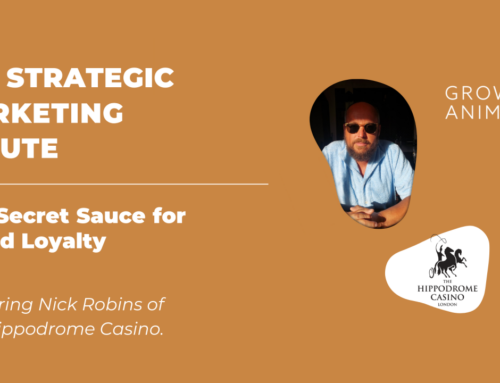Online vs Offline marketing strategies: how do these 4 differences impact ROI for you?
1 min read

There are many techniques in a marketing strategy that can be used to promote a brand, product, or service. Each of these techniques falls under one of two categories – online or offline. Due to the fact marketing can seem like a tricky beast to get right for your business, we’ve compiled four major differences between online marketing vs offline marketing that might help you understand the approach that will yield the most ROI for your company.

What is online marketing?
Online marketing is a broad term that encompasses a variety of online channels to get your brand or product in front of your target audience. The whole purpose of online marketing is to attract new customers via the Internet. The key here is “online” – these are all the things that take place online meaning people will access your marketing through a PC, laptop, tablet or mobile phone.
What are online marketing channels?
Marketing channels are the paths or mediums that you choose to reach your potential customers online. Some examples include:
- Social media (Facebook, Instagram, Twitter, YouTube etc.)
- Search engine marketing (Adwords and SEO)
- Email marketing (Emails sent by platforms such as Mailchimp or Constant Contact)
- Content marketing (blogs and guest blogging)
What is an offline marketing campaign?
Unlike online marketing, offline marketing refers to activities and experiences that take place in the real-world – so, not online! An offline campaign is when you are promoting your product with tactics such as billboards and TV ads, for example. These are things that people will see in real life when they are out and about – by going past the billboard or watching TV.
There are several different types of possible offline marketing strategies that you could employ. Some examples include:
- Print ads (Newspaper, magazines, etc.)
- TV ads
- Radio
- Billboards and street advertising
- Press releases
- Sending out direct mail marketing (postcards or letters)
- Sponsorships

What are the main differences between online and offline marketing?
The main differences come down to what marketing channel or strategy you are using. These four key areas highlight the most significant factors that will affect your online and offline marketing campaigns:
- Reach
Reach refers to the number of people that will see and engage with your advertising campaign. When it comes to online marketing, you have to take into account the fact that online users are often inundated with lots of content online, which means they’re less likely to pay attention to your online marketing unless it is striking and meaningful to them.
The good news is, however, you can catch the attention of more people online due to its global nature (since online users come from all over the world).
- Cost-effectiveness
Another big difference between online vs offline marketing is the overall cost. When it comes to online, usually the only costs you’ll incur are your campaign set-up fees (like your online advertising spends). You can typically start small and then look to increase spending once you know a campaign is driving results. An example of this would be paying for certain Google Adwords or Facebook ads and iterating.
Offline marketing on the other hand can get expensive due to higher set-up costs. For example, when you rent billboards for your campaign or purchase ad space within newspapers, there can be some hefty upfront costs – particularly if the ad is in a prime location or in a big publication.

- Measurement and analytics
Another huge positive in the world of online marketing is that you have the ability to track your marketing campaigns with tools like Google Analytics. By setting up trackable links for your campaigns, you’ll get insights into who’s engaging with your campaign and how much money it’s generating.
Offline marketing can be measured by using discount codes – the idea being that you can track conversion by the amount of people using the codes. However, overall it is difficult to directly attribute offline sales back to an exact campaign or location that prompted the sale.
- Personalisation
Using personalisation within a marketing campaign will help you target specific audiences. An example of online personalisation would be retargeting users who have already visited your website or used your online shopping cart, but didn’t complete a sale, with an ad on social media. This marketing tactic seeks to remind the user of your brand, to entice them back into the buying journey.
When it comes to offline marketing, it’s harder to personalise your campaigns on a wider scale, but it can be achieved with direct mail campaigns. By segmenting your pool of data into groups, you could target different audiences with a message designed specifically for them.
The key takeaway here is that both online and offline marketing can reap different results in terms of ROI. Now that you know a little about both sides of the marketing coin, we hope you have a clearer idea of what may work best for your business. If not, we recommend test, test, test! What works for some brands won’t work for others, so it’s important that you test the water to see what your target audience responds to. Good luck!



